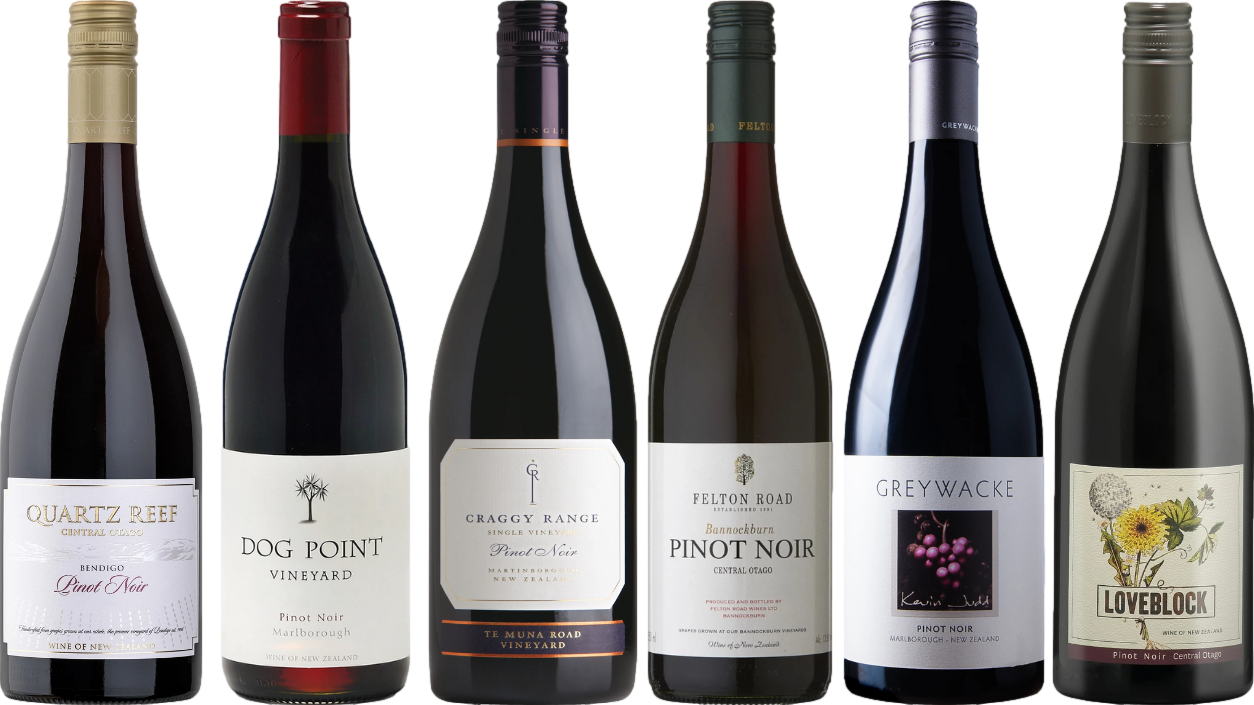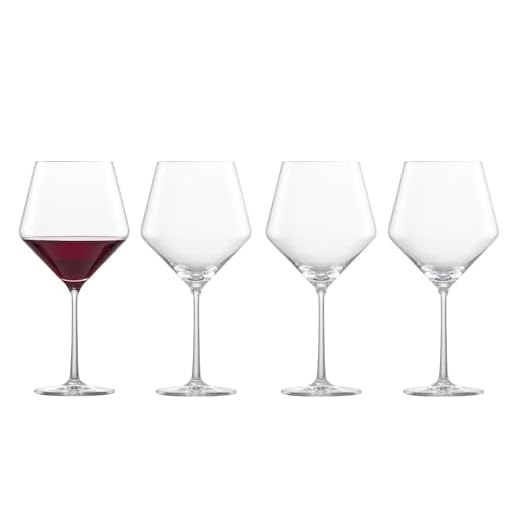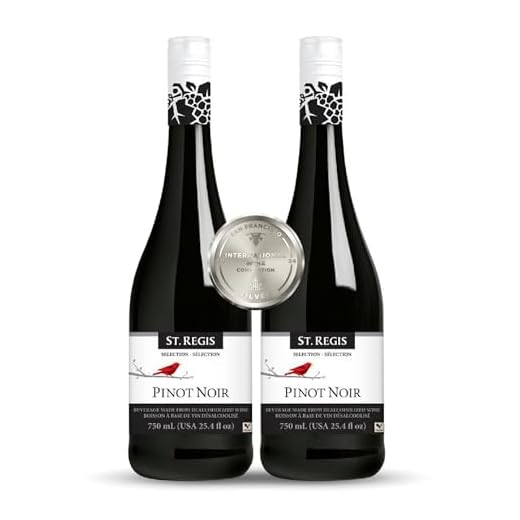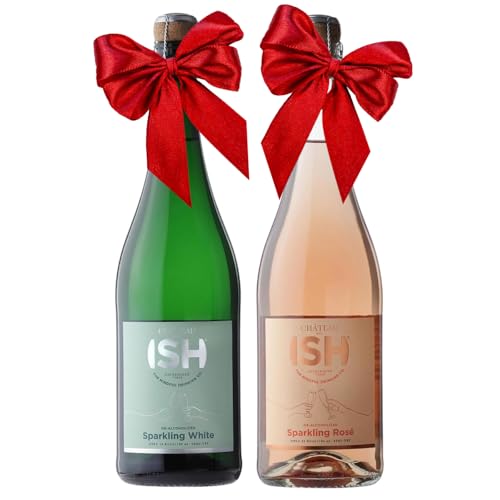



Absolutely, this variety falls into the category of darker-hued beverages. Known for its smooth texture and complex flavor profile, it often exhibits notes of cherry, raspberry, and earthy undertones. This grape thrives in cooler climates, contributing to its elegant characteristics that many enthusiasts appreciate.
In terms of food pairings, it’s versatile and complements a range of dishes. Consider serving it alongside roasted chicken, salmon, or mushroom risotto to enhance the dining experience. The acidity and fruit-forward nature make it a delightful match for both rich and lighter fare.
When selecting a bottle, look for options from renowned regions such as Burgundy or Oregon, where the terroir significantly influences the taste. Exploring different vintages can also reveal a spectrum of flavors and aromas, providing a richer understanding of this beloved grape.
Is Pinot Noir a Red or White Wine?
This grape variety is classified as a dark-hued beverage. Its characteristic features include a lighter body compared to other varieties, often described as elegant and nuanced. The flavor profile typically showcases notes of cherry, raspberry, and subtle earthy undertones, making it a favorite among enthusiasts.
For those exploring food pairings, consider dishes that complement its acidity and flavor complexity. Grilled salmon, mushroom risotto, and herb-roasted chicken work exceptionally well. These combinations enhance the tasting experience, highlighting the unique qualities of this varietal.
When selecting a bottle, pay attention to the region of origin. Burgundy is renowned for producing exceptional examples, while areas like California and Oregon also offer outstanding choices. Each region imparts distinct characteristics influenced by climate and terroir.
In terms of service, keep the temperature in mind. Serving it slightly chilled, around 55-60°F (13-15°C), can elevate the tasting experience, allowing the aromas to flourish. Swirling the glass activates its bouquet, inviting you to explore the depth of its complexities.
Understanding Pinot Noir Characteristics
This grape variety is celebrated for its complexity and elegance. The flavor profile typically showcases red fruit notes such as cherry, raspberry, and strawberry, often accompanied by subtle earthy undertones and hints of spice. The best examples also exhibit floral aromas, giving them a delicate bouquet that enhances their appeal.
When assessing the body of this varietal, it generally falls into the medium range, with a silky texture that makes it approachable. The acidity is often pronounced, which adds to its refreshing quality and makes it an excellent companion for a variety of dishes.
Here’s a quick overview of its characteristics:
| Characteristic | Description |
|---|---|
| Aroma | Red fruits, flowers, earthiness, and spice |
| Body | Medium |
| Acidity | High, adding freshness |
| Tannins | Soft and silky |
Food pairings can elevate the experience significantly. This varietal complements dishes like roasted chicken, grilled salmon, or mushroom risotto beautifully. The acidity cuts through rich flavors while the fruitiness enhances the dish’s profile.
In terms of aging potential, some of the finest examples can develop complexity over time, showcasing more nuanced flavors such as leather, truffle, and forest floor. However, many are crafted for enjoyment in their youth, making them versatile for various occasions.
Historical Background of Pinot Noir
The origins of this grape can be traced back to the Burgundy region of France, where it has been cultivated for over a millennium. Historical records indicate that vineyards have existed in this area since the 4th century. The grape thrives in the cooler climates of Burgundy, which contribute to its unique characteristics and flavor profile.
During the Middle Ages, monasteries played a crucial role in the propagation of this varietal. Monks meticulously tended to the vineyards, refining techniques that would enhance the quality of the grapes. This dedication laid the groundwork for the reputation that Burgundy earned as a premier wine-producing region.
By the 18th century, this grape gained significant attention beyond France’s borders. It found its way to various parts of Europe and eventually to the New World. In the 19th century, it became a staple in regions like California, Oregon, and New Zealand. Each area has since developed its unique expression of this beloved varietal, influenced by local terroir and winemaking practices.
In the late 20th century, the rise of the wine industry in California brought renewed interest in this grape. The 1976 Paris Tasting, where a California wine outperformed French counterparts, further solidified its place in the global market. Today, it is celebrated for its versatility and complexity, appealing to a broad audience of enthusiasts.
As I explore different iterations of this varietal, I often reflect on its rich history. The journey from ancient vineyards to modern-day expressions illustrates not only the adaptability of this grape but also the passion of those who cultivate it. Each bottle tells a story of its origins, showcasing the artistry of winemakers who continue to honor and innovate within this tradition.
Common Regions Where Pinot Noir is Grown
This varietal thrives in several key areas around the globe, each imparting unique characteristics to the grapes and resulting in distinct flavors.
Burgundy, France
Considered the birthplace of this grape, Burgundy is renowned for producing some of the finest examples. The Côte d’Or region, particularly the Côte de Nuits, is where you’ll find prestigious vineyards like Romanée-Conti and La Tâche.
California, USA
In the United States, California stands out, especially areas like Sonoma County and the Central Coast. The Russian River Valley is particularly celebrated, offering a cooler climate that promotes complex flavor development.
Oregon, USA
Oregon, specifically the Willamette Valley, has gained a reputation for its high-quality offerings. The region’s cool climate and volcanic soils create a perfect environment for developing rich and nuanced profiles.
New Zealand
This country has rapidly become a significant player in the production of this varietal. Regions like Central Otago and Marlborough are known for their vibrant and fruit-forward styles, often showcasing bright cherry and berry notes.
Australia
In Australia, Tasmania is emerging as a noteworthy region, producing elegant and refined expressions. The cooler climate here allows for slower ripening, enhancing complexity.
Germany
Germany, particularly the Baden and Ahr regions, offers delightful interpretations that often display a unique blend of fruit and earthiness, reflective of the terroir.
- Burgundy, France – Côte d’Or, Côte de Nuits
- California, USA – Sonoma County, Russian River Valley
- Oregon, USA – Willamette Valley
- New Zealand – Central Otago, Marlborough
- Australia – Tasmania
- Germany – Baden, Ahr
Each of these regions contributes to a diverse spectrum of styles, making the exploration of this varietal a rewarding experience for enthusiasts and newcomers alike.
Tasting Notes: What to Expect from Pinot Noir
When exploring this varietal, expect a complexity that captivates the senses. Aromas typically include bright red fruits like cherries and raspberries, accompanied by subtle earthy notes and hints of spice. On the palate, the flavor profile often mirrors the nose, presenting a delightful balance of fruit and acidity, with a silky texture that makes it incredibly drinkable.
Flavor Profile
Secondary flavors can range from floral notes to savory elements such as mushrooms and herbs, depending on the region and winemaking techniques. The finish is often smooth and lingering, leaving a pleasant impression that invites another sip.
Food Pairing Suggestions
This versatile choice pairs beautifully with a variety of dishes. Consider matching it with roasted chicken, grilled salmon, or a mushroom risotto. Its acidity cuts through rich flavors, making it a fantastic companion for earthy dishes. For a unique experience, try it with a charcuterie board featuring aged cheeses and cured meats.
For those looking to capture the essence of these wines, investing in a best auto digital backup camera kit can enhance your tasting experience by documenting your journey through the diverse flavors and aromas.
Food Pairing Suggestions for Pinot Noir
This varietal pairs exceptionally well with various dishes. Here are some specific recommendations:
- Grilled Salmon: The subtle flavors of fish complement the fruitiness and acidity beautifully.
- Mushroom Risotto: Earthy tones in the dish enhance the complexity of the beverage.
- Duck Breast: The richness of duck harmonizes with the wine’s smooth tannins.
- Roasted Chicken: A simple herb-roasted chicken allows the wine’s nuanced flavors to shine.
- Pork Tenderloin: The slight sweetness of pork pairs well with the berry notes.
For vegetarian options, consider:
- Vegetable Stir-Fry: Light soy sauce and fresh vegetables work well with its acidity.
- Beet Salad: The earthiness of beets complements the wine’s flavor profile.
- Cheese Plate: Soft cheeses like Brie or goat cheese enhance the wine’s fruitiness.
When selecting a dish, focus on lighter proteins and earthy flavors to create a balanced experience. This varietal’s versatility makes it suitable for a range of cuisines, from French to Asian.
How to Properly Serve and Store Pinot Noir
Serve this varietal at a temperature between 55°F and 60°F (13°C to 16°C). This range allows the complexities of its flavors and aromas to be fully appreciated. Use a standard red glass with a wider bowl to facilitate aeration, which enhances the bouquet and softens tannins. Pour about a third of the glass to allow for proper swirling.
For storage, maintain a consistent temperature between 50°F and 55°F (10°C to 13°C). A wine fridge is ideal, but a cool, dark place with minimal temperature fluctuations works as well. Keep bottles horizontally to keep corks moist, preventing them from drying out and allowing air to enter.
Avoid exposure to direct sunlight and vibrations, as these can negatively impact the delicate nature of this grape. Humidity levels should ideally be around 70% to preserve cork integrity. For aging, consider a timeframe of 5 to 10 years, depending on the specific characteristics of the bottle.
Decanting can enhance the experience, especially for older vintages. Allow the wine to breathe for about 30 to 60 minutes before serving. This process can elevate the tasting experience by softening any harsh notes and bringing forth the wine’s subtleties.









